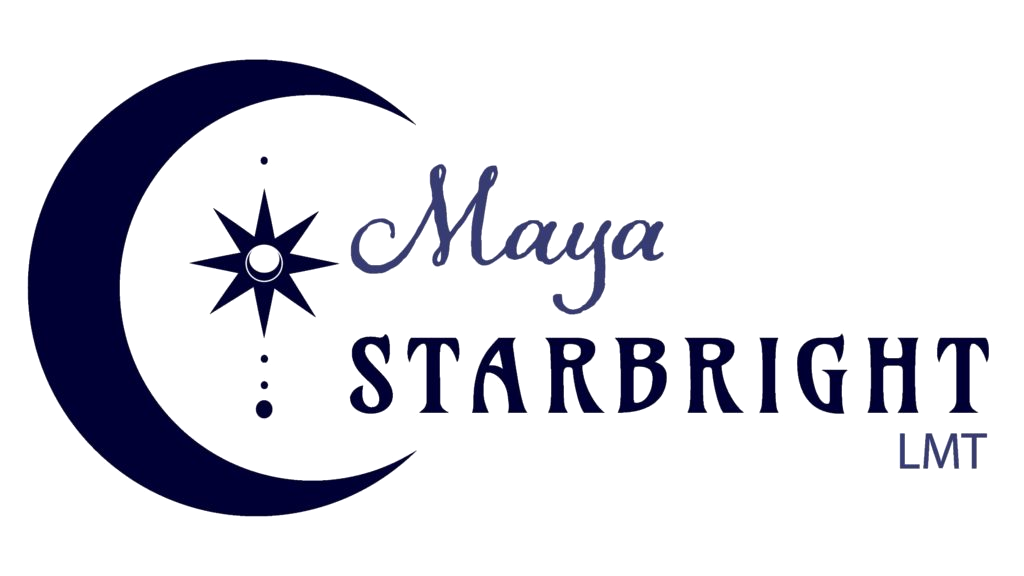Orthopedic Massage Techniques
First, let’s define the word Orthopedic: an area of health care concerned with the correction or prevention of deformities, disorders, or injuries of the skeleton and associated structures (such as tendons and ligaments).
Orthopedic massage, then, is a type of structural rehabilitation that focuses on the muscles and soft tissues (such as tendons and ligaments) surrounding joints. Also there is a focus on muscle utilizing the bones as a pulley system for movement and function.
The goal of orthopedic massage is to relieve pain while restoring balance to the tissues and create a fuller range of motion. Not just a fuller range of motion, but an optimal range of motion in all phases of that motion. In other words, getting the body to an efficient and ergonomic state of being.
Orthopedic massage techniques are especially helpful after any orthopedic surgery, to include joint replacement. But it is also a good preventative protocol, as it helps with carpal tunnel, frozen shoulder, bulging disks, tendonitis, tennis elbow (tendonitis in the elbow), and many others.
Techniques that are not necessarily unique to orthopedic massage but that are used in a unique way are the following:
Active engagement – Used to reach deep, hard to access muscles by compressing muscles and stroking lengthwise in a perpendicular motion. It is especially helpful with whiplash or lumbar pain.
Positional release – A gentle treatment safe for inflamed muscles and tissues that are too sensitive for other techniques. Soft tissues are manipulated into comfortable positions and held in the correct place for a minute or longer. This lengthens and softens tissues promoting pain relief.
Nerve mobilization techniques – Also known as neurodynamics and neural mobilization, this method is used to locate strained nerves and sources of pain.
Muscle energy technique – Therapist provides resistance while you voluntarily contract certain muscles. Especially helpful with lumbar pain.
Trigger point therapy – Uses intervals of pressure on trigger areas to release lactic acid and promote circulation.
Myofascial release – Gentle pressure applied to the body to stretch fascia tissues.
How these techniques are integrated is determined case by case and an individual approach is usually taken so make sure to communicate all problems to your therapist.
After your massage remember to drink plenty of water. Staying hydrated also helps with healing.
If your therapist gives you any at-home stretches or exercises make sure to do them. It is important to follow the treatment plan specific to you.
